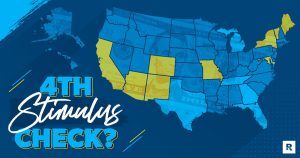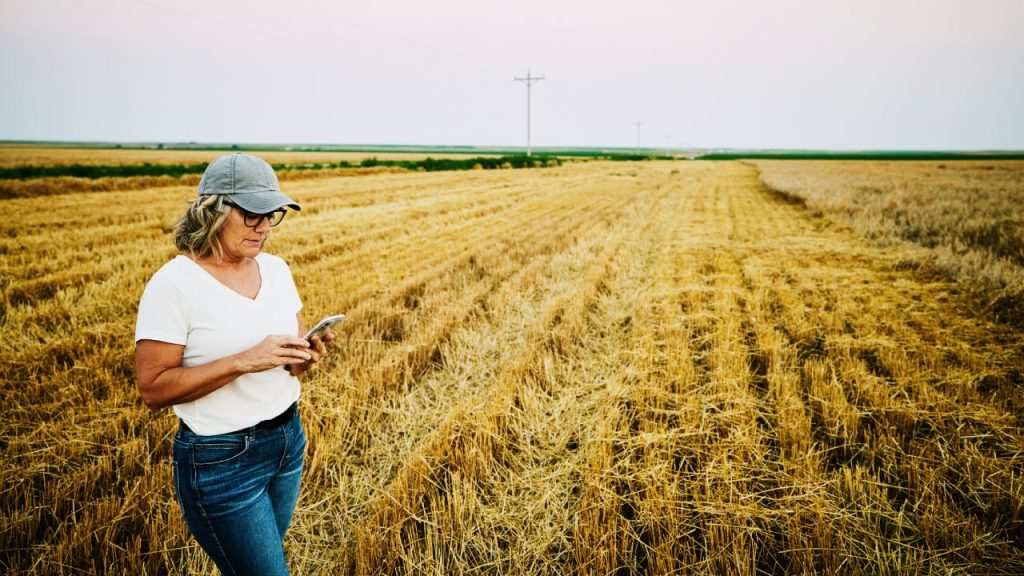Historically, investing in farmland was not something that made sense for most Americans. The upfront cost was high, and investing required an intimate knowledge of the farming industry. However, that is changing rapidly, with new investment opportunities that greatly reduce these barriers to entry.
Today, all you need to invest in farmland is a bit of extra cash and an investment account. While you can still invest the old-fashioned way, new opportunities are starting to open up to the general public.
Why invest in farmland?
In the past, the only way to invest in farmland was to buy a farm or pasture and earn a return from tilling the fields or watching the land appreciate in value. That limited scope of investment meant investing in farmland only made sense for those who could produce from the land. For example, someone whose family had been farming for generations might have chosen to invest.
Now, one can consider farmland simply as an alternative investment. Farmland produces returns both with rent yields and appreciation in the farmland’s value. So these investments can work somewhat like dividend stocks or other rental property, with gains from income and capital gains.
This combination of appreciation and rent yields has led to consistently strong performance. For instance, in the 20 years to 2020, farmland in the United States produced average returns of 12.2 percent, according to AcreTrader, an investing platform for land. Compare that to the average annual return of 10 percent for the Standard & Poor’s 500 index over long periods.
While stocks may be volatile, the fact that people still need to eat in good times and bad can help lead to a more resilient investment. So some investors believe that farmland investments are recession-proof and won’t crash even when the stock market falters. Regardless, farmland could be an attractive alternative investment that helps round out your portfolio.
How to invest in farmland: 5 ways to get started
Gone are the days when there was only one way to invest in farmland. Now, investors have many ways to get started with farmland, and the best choice for you depends on your situation.
1. Owning land directly
Opportunity: If you want to invest in farmland, it’s still possible to own land directly. In this case, you could buy the land outright and rent it to a farmer who would use it for their crops or livestock. So, owning land directly means it would work like an investment property.
Details: The capital needed to buy a farm may be quite significant. For instance, according to the USDA, the average farm size in 2023 was 464 acres. The USDA also reported an average cost of $4,080 per acre in 2023, up from 3,800 the year before. Using these averages, you could expect an average purchase price of $1.89 million for a farm. Naturally, you may be able to get started with less if you can find the right opportunity.
2. Farmland REITs
Opportunity: Real estate investment trusts (REITs) aren’t just for office buildings and apartment complexes. Indeed, REITs can also invest in farmland, and they’re a popular way for investors to enjoy the benefits of real estate investing — notably, income — without the headaches of management.
Details: Investing in farm REITs has many of the same advantages as other types of REITs. For instance, they make diversification easier, they’re much more liquid, and the minimum investment is often much lower. And REITs enjoy no corporate income tax in exchange for distributing 90 percent of their taxable income to investors as dividends.
Gladstone Land (LAND) and Farmland Partners (FPI) are two of the most prominent farmland REITs.
3. Agricultural stocks
Opportunity: One alternative to investing in farmland directly is investing in agriculture stocks. The idea is simple: instead of buying farmland, you buy shares of stock in companies in the agriculture industry.
Details: These agriculture companies might be involved in things like crop production, agricultural equipment manufacturing, fertilizer production and distribution. Crop producers, for example, make a return on the investment from producing the land, and they may own the land, too, so they can benefit from the potential rise in land prices. Widely held agricultural stocks include Archer-Daniels-Midland (ADM), Corteva (CTVA) and Scotts Miracle-Gro (SMG).
4. Farmland mutual funds and ETFs
Opportunity: While you can buy stocks in individual agricultural companies, investing in a mutual fund or exchange-traded fund (ETF) is often easier. Some mutual funds have a farming focus, pooling investor money into activities that support the agriculture industry.
Details: One important note is that farmland mutual funds don’t always invest exclusively in agriculture and often invest in adjacent sectors. While that isn’t necessarily a negative, it’s worth keeping in mind if you specifically want to invest in farmland.
The Fidelity Agricultural Productivity Fund (FARMX) aims to invest 80 percent of its assets in agricultural productivity companies, and its largest holding is Deere (DE), the well-known name behind much agricultural machinery. Note that mutual funds can come with high fees — so always check these before investing in any fund.
These funds are available at the best brokers for mutual funds.
5. Crowdfunding platforms
Opportunity: Farmland crowdfunding platforms are another way to invest in farmland directly, even if you lack the necessary capital. They allow you to buy a small slice of a real farm, significantly lowering the minimum investment. These platforms include AcreTrader, FarmTogether and Farmfundr.
Details: Farmland crowdfunding platforms generally handle everything for you, from land selection to income distribution. Instead of buying an entire farm, you buy more affordable shares in a piece of land with other investors. For example, offerings on AcreTrader tend to start with a minimum initial investment of $15,000-$40,000, according to the company.
However, keep in mind a few things with this strategy. For example, because you invest in real farmland, the holding period is usually at least three to five years. You may be able to sell your shares sooner in some cases, but that isn’t guaranteed. Also, investing in a single farm means you get less diversification than in other investments, like farmland mutual funds and ETFs.
Bottom line
In the past, those who wanted to invest in farmland had few options short of buying an entire farm. But buying a farm is generally expensive and requires detailed knowledge of the industry and its practices. While buying a farm is still an option, farmland investors now have many more options, including REITs, agricultural stocks, investment funds, and crowdfunding.
Editorial Disclaimer: All investors are advised to conduct their own independent research into investment strategies before making an investment decision. In addition, investors are advised that past investment product performance is no guarantee of future price appreciation.
Read the full article here
















